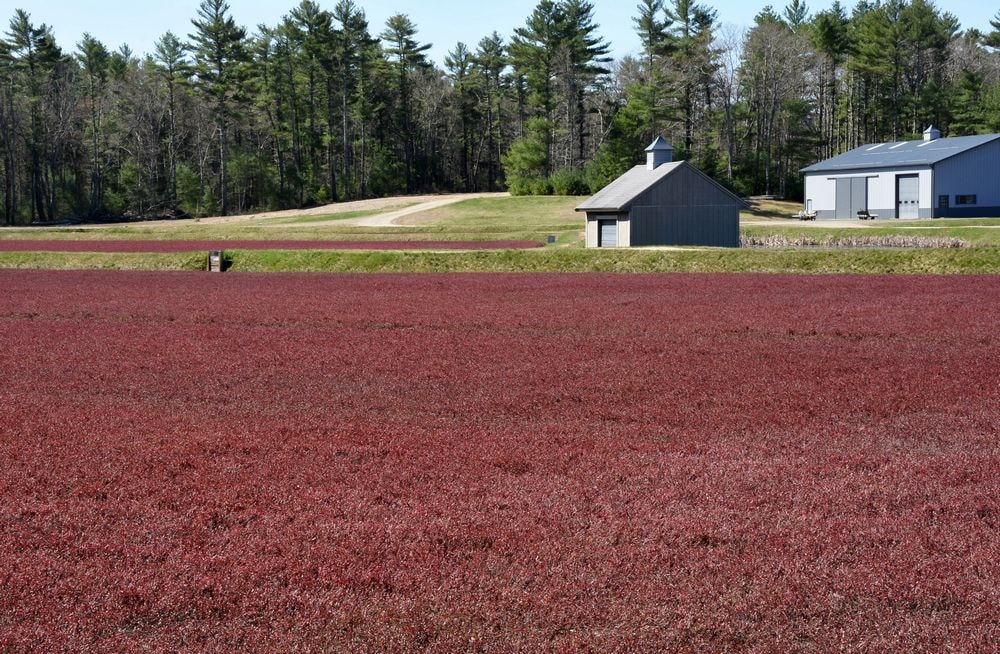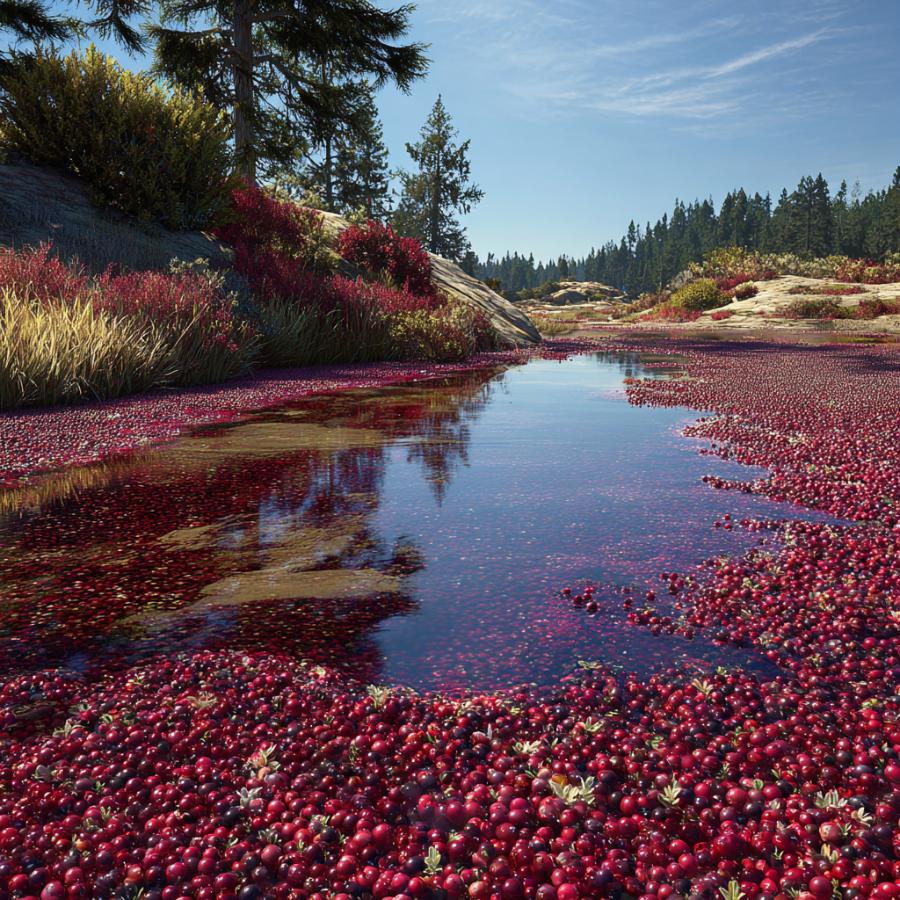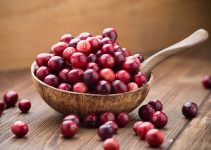
States where Cranberries Grow
…
There are 5 states that grow almost all of the cranberries in the U.S.
Cranberry Production by State in Order
- 🔴 Wisconsin – over 60%
- 🔴 Massachusetts – about 33%
- 🔴 New Jersey
- 🔴 Oregon
- 🔴 Washington
The last 3 states combined grow the remaining 17%.
Wisconsin
Wisconsin produces over 60% of the United States’ cranberries, with an annual output exceeding 5 million barrels from approximately 21,000 acres of bog. The middle of the state has sandy, acidic soil with pH levels between 4.0 and 5.5, ideal for cranberry growing.
Wisconsin surpassed Massachusetts as the leading producer in the 1990s due to expanded acreage and technological advancements. The state exports 35% of its crop to markets including China and the European Union. Cranberries are processed into over 1,000 products, with the fruit designated as Wisconsin’s official state fruit in 2004.
Massachusetts
Massachusetts produces approximately 30% of the United States’ cranberries, with an annual output of around 2 million barrels from roughly 13,000 acres of bog. The state’s primary growing region is southeastern Massachusetts, particularly Plymouth and Barnstable counties, where the same sandy, acidic soils with pH levels between 4.0 and 5.5 support cranberry growing, just like in Wisconsin.
These soils, formed from glacial outwash (sediment, such as sand and gravel, that has been carried away from a melting glacier by meltwater streams and deposited in front of it.) and provide adequate drainage and moisture retention needed for cranberry growth.
Massachusetts was the leading cranberry producer until the 1990s, when Wisconsin surpassed it due to acreage expansion. The state exports a portion of its crop, primarily to Canada and Europe. Cranberries are processed into various products, with cultivation dating to the 19th century in the region – so ya, cool.
New Jersey
New Jersey produces approximately 7% of the United States’ cranberries, with an annual output of around 580 thousand barrels from roughly 2,900 acres. The state’s primary growing region is the Pine Barrens in Burlington, Ocean, and Atlantic counties, where sandy, acidic soils with pH levels between 4.0 and 5.5 support cranberry growth as above.
New Jersey has been a consistent cranberry producer since the 19th century, with cranberries growing naturally in the Pine Barrens. The state contributes to exports primarily to Canada and Europe.The Pinelands were designated as a national reserve in 1978 to protect the ecosystem.
…

Partial view of an Oregon Cranberry Bog, one of many
…
Oregon
Oregon produces approximately 4% of the United States’ cranberries, with an annual output of around 450 thousand barrels from roughly 2,600 acres. The state’s primary growing region is along the southern coast in Coos and Curry counties, where again, the same sandy, acidic soils with pH levels between 4.0 and 5.5 support cranberry growing.
Oregon began commercial cranberry production in the early 20th century, with significant growth after World War II. The state exports a portion of its crop, primarily to Canada and Asia.
Washington State
Washington produces only 1% of the United States’ cranberries, with an annual output of around 100 thousand barrels from roughly 1,100 acres. The state’s primary growing region is along the southwestern coast in Pacific and Grays Harbor counties.
Washington initiated commercial cranberry production in the mid-20th century, with gradual expansion since the 1980s. The state exports a portion of its crop, primarily to Canada and domestic processors.
Wild Bogs
The five states listed above are where the majority of the commercial farming of cranberries takes place, but in addition to those farms there are also wild bogs in some other areas of the United States.
One of the more popular ones is in Ducktown in Polk County Tennessee. It’s approximately 120 acres in size and is owned by the Tennessee Department of Environment and Conservation.
Wild cranberry bogs are remnants (leftovers) of the last Ice Age. When the North American glaciers started to melt and rollback, they revealed more and more wetland. The cranberry plant had the optimal conditions to grow at that point and started to take root.
So yes that means that cranberries are a native plant to North America. The only other two fruit that are native to this land and are also being commercially farmed here are the blueberry and the Concorde grape. Thought that was an interesting tidbit of trivia to add.
…
– Cranby




